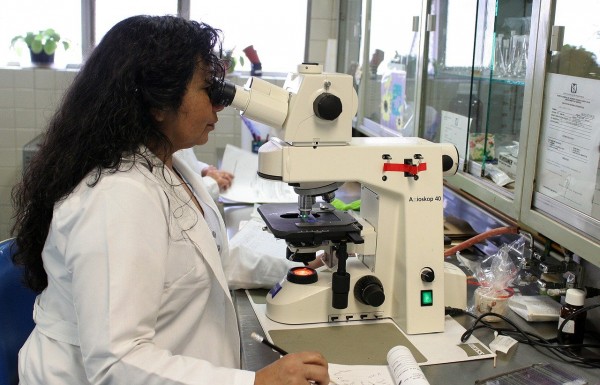Researchers Have Made A Medical Breakthrough in the Fight Against Sepsis
Australian researchers have made a significant breakthrough in identifying the gene responsible for causing immune cell death and inflammation during sepsis.
Researchers from La Trobe University in Melbourne, Australia, revealed this vital breakthrough in Nature Immunology. They found that the removal of the protein receptor TREML4 in cell-based and in-vivo experiments can combat the deadly sepsis and guarantees almost absolute protection from sepsis, sepsis-induced pneumonia, and even blood-borne Candida infection commonly associated with invasive medical procedures.
This is a medical breakthrough in the fight against sepsis, as researchers have struggled to make significant progress in the past years.
The team has also identified the human equivalents of the TREML4 receptor, which is beneficial in the development of therapeutic antibodies for use in clinical trials.

What is Sepsis?
Sepsis is when the immune system goes into overdrive to fight off an infection. This can result in blood clots and blocking oxygen flow from reaching the vital organs leading to tissue death and multiple organ failure. Sepsis accounts for more than 11 million deaths worldwide every year, almost 20% of all global deaths.
Dr. Christina Nedeva, the lead researcher from the La Trobe Institute for Molecular Science, explained that sepsis is characterized by two deadly stages. The initial stage, inflammatory phase or septic shock, is then followed by a prolonged immunosuppression phase, which usually leads to the development of pneumonia. Septic shock accounts for about 15 percent of sepsis-related deaths, but 85 percent of deaths happen during the immunosuppression phase.
The researchers discovered that the TREML4 gene regulates both of these phases.
La Trobe Associate Professor Hamsa Puthalakath, the lead supervisor of the study, said that current therapies involved the use of steroids which can control inflammation and reduce the duration of time spent by sepsis patients in intensive care units, however, it does not reduce the overall deaths.
While steroids can reduce inflammation, it also weakens the immune system, preventing our bodies from battling both mild and serious infections.
Implications of this Medical Breakthrough
With the discovery of the removal of TREML4 gene, it can be described as the 'Goldilocks' approach as it does not only leave the body with some degrees of inflammation, it also does not compromise the immune system which can allow the body to be healthy enough to fight off infection.
Associate Professor Puthalakath said that for the past 25 years, there have been more than a hundred clinical trials for sepsis-related therapies, none of which were successful.
La Trobe had made potentially life-saving research and is hoping to secure funding to advance to the next stage of the study where they will be focusing on the development of therapeutic antibodies against the TREML4 receptor.
SEE MORE: Can Antibiotic Therapy Be as Good as Appendectomy in the Treatment of Appendicitis?
Check out more news and information on Medical Technology on MD News Daily.
Oct 06, 2020 11:14 PM EDT





